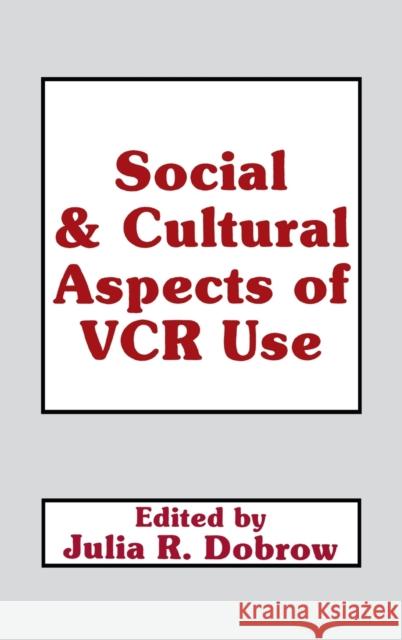Social and Cultural Aspects of Vcr Use » książka
topmenu
Social and Cultural Aspects of Vcr Use
ISBN-13: 9780805804997 / Angielski / Twarda / 1990 / 232 str.
Social and Cultural Aspects of Vcr Use
ISBN-13: 9780805804997 / Angielski / Twarda / 1990 / 232 str.
cena 697,56 zł
(netto: 664,34 VAT: 5%)
Najniższa cena z 30 dni: 654,86 zł
(netto: 664,34 VAT: 5%)
Najniższa cena z 30 dni: 654,86 zł
Termin realizacji zamówienia:
ok. 16-18 dni roboczych.
ok. 16-18 dni roboczych.
Darmowa dostawa!
First Published in 1990. Routledge is an imprint of Taylor & Francis, an informa company.











